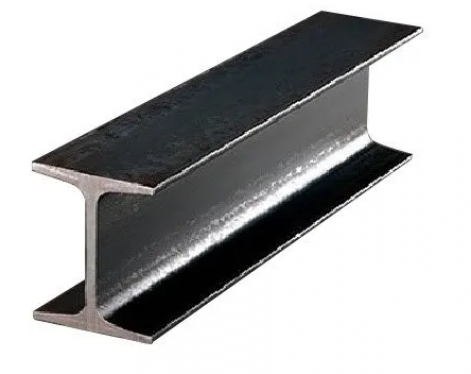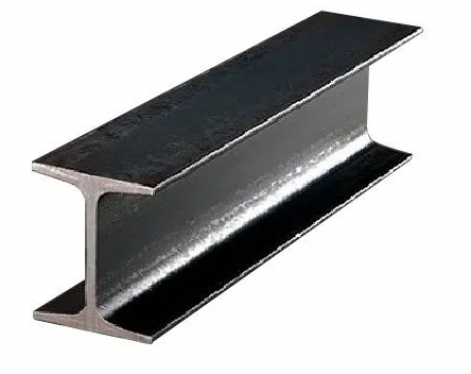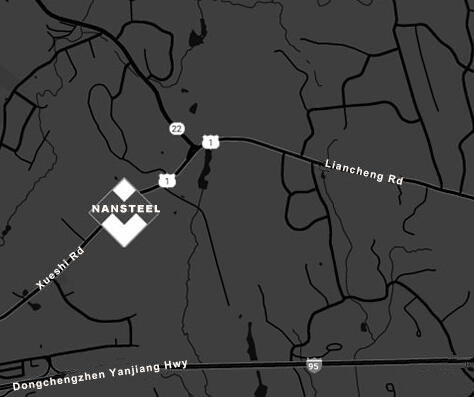H-beam introduction
H-beam, also known as I-beam, is an economical profile with a more optimized cross-sectional area distribution and a more reasonable strength-to-weight ratio. It is named because its cross-sectional shape is similar to the letter "H". The inner sides of the two outer edges of the H-shaped steel have no slope and are straight, which makes the H-shaped steel more convenient to weld and splice, and can effectively improve the quality of the project and the safety of the building structure.
H-beam specification representation method
The specifications of H-beam are usually expressed in the form of height (h) × width (b) × thickness (d), for example: H100×100×6×8, which means that the height of the H-beam is 100mm, the width is 100mm, the web thickness is 6mm, and the flange thickness is 8mm.
Specifications and classification of H-beam
There are many types of H-beams, and they can be divided into multiple grades according to different standards. Generally speaking, H-beams can be divided into two types: ordinary and light. The ratio of the flange thickness to the web thickness of ordinary H-beams is greater than 2.5; the ratio of the flange thickness to the web thickness of light H-beams is less than or equal to 2.5.

H-beam specification selection
When choosing the specifications of H-beam, it is necessary to determine it according to the actual project needs and stress conditions. First, the height of the H-beam must be determined. Generally speaking, the height should be determined according to the span of the beam, load, etc. Secondly, the width of the H-beam must be selected. The width is mainly determined by the stress conditions of the beam and the needs of the building structure. Finally, the thickness of the H-beam must be selected. The thickness should be determined according to the stress conditions of the beam and the strength grade of the steel.
Here are some common H-beam specifications for your reference:
1. H100×100×6×8
2. H125×125×8×10
3. H150×150×10×12
4. H175×175×12×14
5. H200×200×14×16
6. H225×225×16×18
7. H250×250×18×20
8. H275×275×20×22
9. H300×300×22×24
10. H325×325×24×26
11. H350×350×26×28
12. H375×375×28×30
13. H400×400×30×32
Main application areas of h-beam
1. Construction Engineering: H-beam is often used to construct structural components such as roof trusses, crane beams and columns in industrial plants. In high-rise buildings, H-beam can be used as structural support members, such as frame columns, frame beams, etc.
2. Bridge Engineering: H-beam is one of the important materials for building large bridges and can be used in the main beams, piers and other parts of the bridge. H-beams are also widely used in small bridge structures such as pedestrian bridges. Their lightness and beauty not only meet the requirements of bridge bearing capacity, but also add highlights to the urban landscape.
3. Mechanical Manufacturing: H-beams can be used to make frames for various mechanical equipment, such as cranes, conveyors, machine tools, etc. In the vehicle manufacturing field such as automobiles and trains, H-shaped steel can be used to manufacture body frames, chassis and other components.
4. Other fields: H-beam can be used to construct towers in power transmission lines. It can withstand the weight of conductors and loads such as wind force, ensuring safe and stable power transmission. In mining, H-shaped steel can be used as tunnel supports, mining site supports, etc. to support the surrounding rock of the mine, prevent landslides, and ensure the safety of mining operations.
Read more: Why is Galvanized H-beam so Popular?









